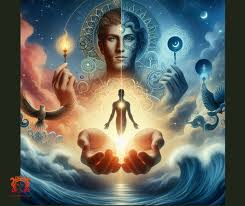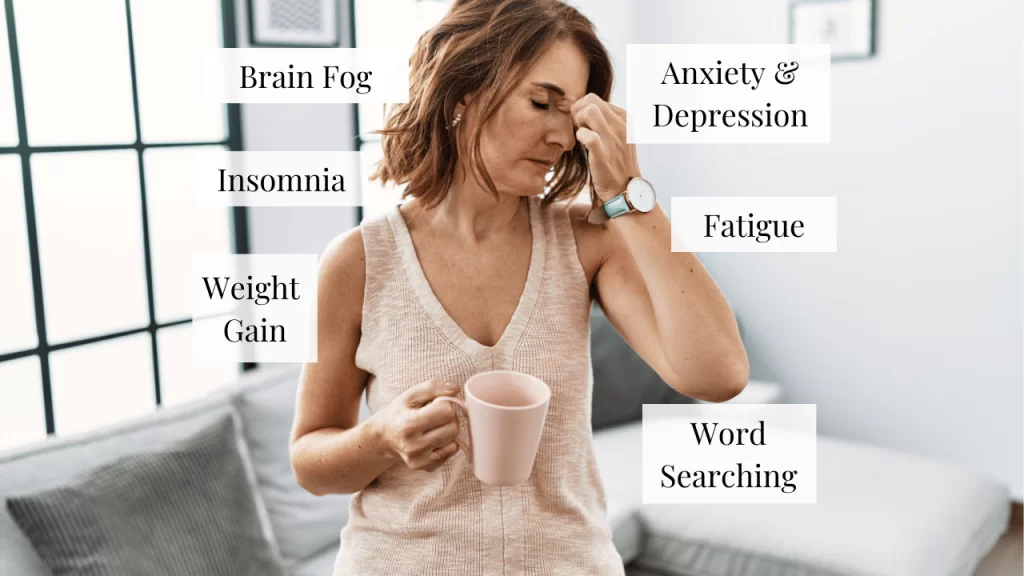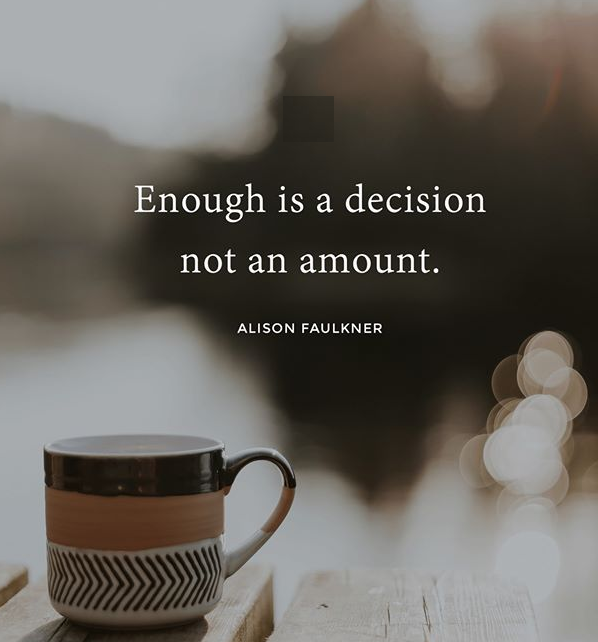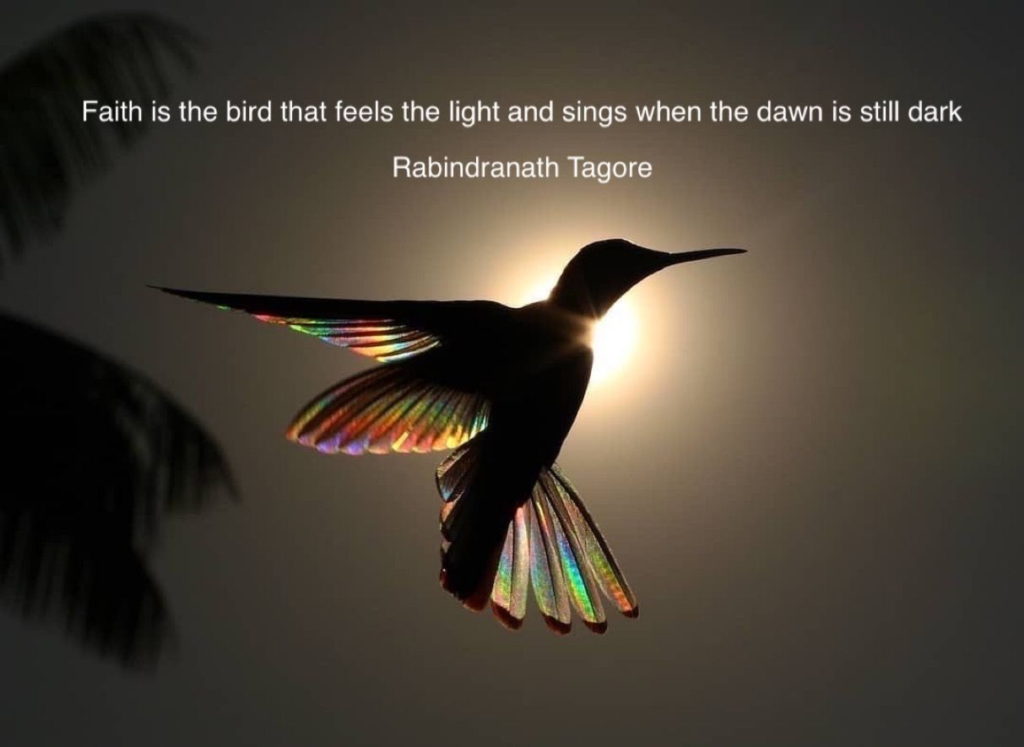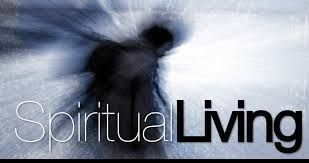
Evolution to heart consciousness refers to a profound shift in how we perceive, experience, and navigate life—moving from a mindset dominated by the intellect (logic, ego, control) toward one guided by the heart (love, compassion, intuition). This journey signifies a deepening awareness of our connection to others, the world, and our own soul’s calling, often described as a spiritual awakening or transformation of consciousness.
At the core, heart consciousness is about living from a place of love and empathy rather than fear and separation. It’s a movement from self-centered survival instincts (which are often rooted in ego and competition) toward a collective, interconnected approach to life, where the well-being of others and the planet becomes as important as our own. This shift can be seen as an evolution because it represents a higher level of awareness—one that transcends basic instincts and mind-driven desires in favor of a more holistic and unified understanding of life.
The Path of Evolution to Heart Consciousness
Awakening to Inner Wisdom: The first step in this evolution is often a deeper connection with our intuition, or inner knowing. This intuitive guidance comes from the heart, rather than the mind, and allows us to make decisions aligned with our soul’s purpose. It encourages us to trust feelings of resonance, to embrace vulnerability, and to be guided by love.
Healing and Releasing Ego Patterns: As we move toward heart consciousness, we begin to see the limitations of ego-driven thinking—where control, fear, and separation dominate. The ego seeks to protect and defend, but often in ways that isolate us. Through healing and releasing these old patterns, we step into greater compassion and understanding, both for ourselves and others.
Embracing Oneness and Connection: Evolution to heart consciousness involves recognizing the interconnectedness of all beings. We begin to feel that our actions affect not only our immediate surroundings but also the larger collective. From this place of oneness, we naturally adopt more compassionate, collaborative approaches to life, seeking to uplift others rather than compete.
Living Authentically with Love: The culmination of this evolution is a life lived in alignment with love, authenticity, and integrity. It’s about expressing our true selves, free from the masks of ego, and allowing the heart’s wisdom to guide us in every decision. This type of consciousness brings peace, joy, and fulfillment, as we are no longer driven by external validation but by a deep sense of inner harmony.
In essence, evolution to heart consciousness is the next step in human growth, where love, connection, and compassion become the guiding forces of our actions. It represents a shift from surviving to thriving, from separation to unity, and from fear to love.

